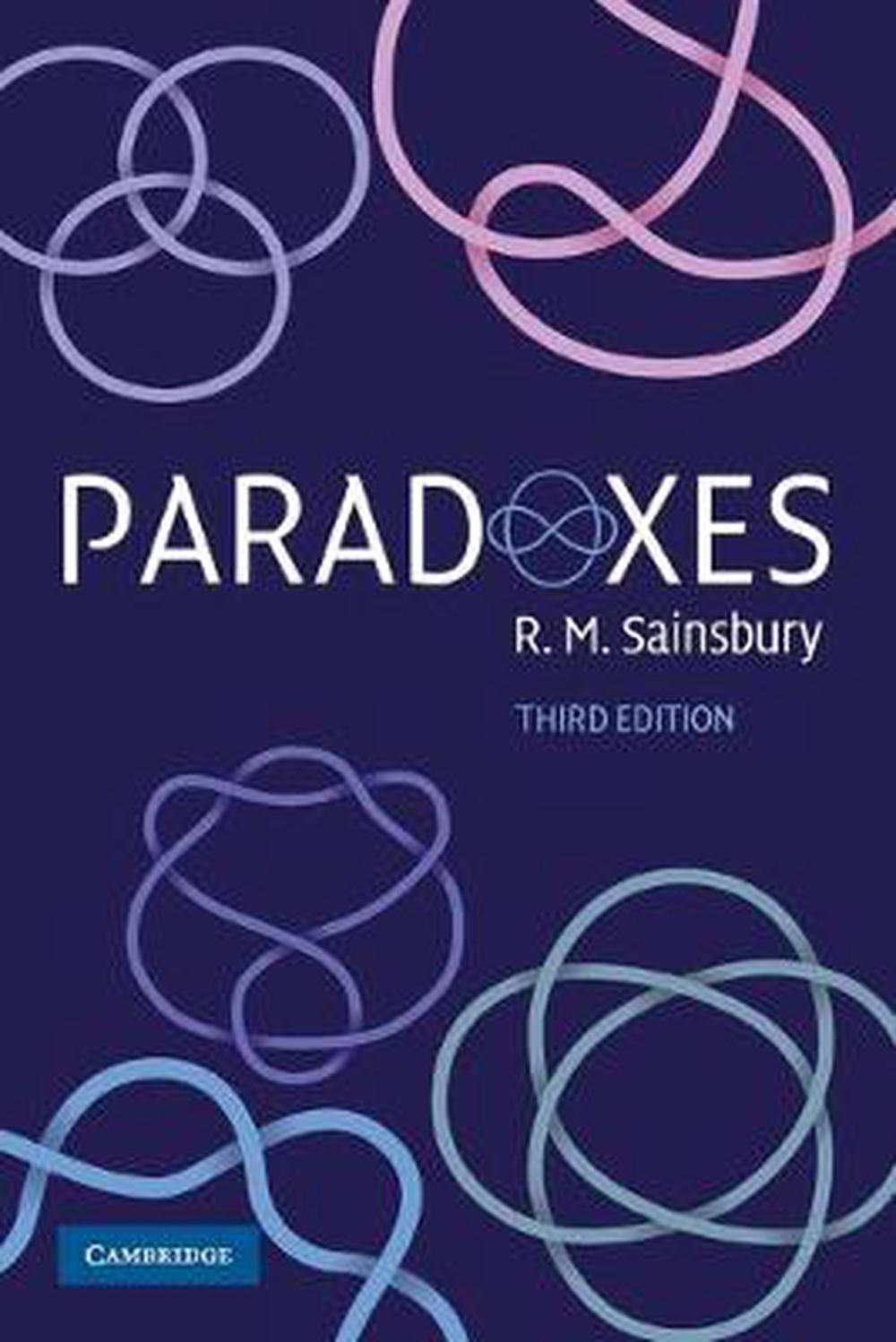

This dialogue established itself through our encounter, as I tried to reveal that what I saw in her as a person, her inner-strength, her beliefs, her beauty, all reflected through her gaze, her posture, her voice. Therefore I was curious to know her intimate thoughts, her perception on her identity, her culture and religion, her ambition. I wanted to reveal an image more true to her recognition as an independent young woman, in charge of managing her life to her standards and beliefs, being a young European woman knowing to deal with her paradox identity.

I Am – Paradox Identity assembles the portraits of young women in Paris’ banlieues, linked through their Muslim culture, in the age between 17 and 27. Social change could be used to create an open society, not afraid of these changes, rather adapting to them: We all belong to our future.” – 2008/2018, Ilse Frech. Since I started to work seriously on the topic of migration, identity and exile from 1999 onwards, I’m keen to explore how Europe is dealing with its Muslim community.Īs I began following young Muslim women – and men too, in Paris’ banlieues – back in 2003 and well before the riots in 2005 started in Clichy-sous-Bois, photographing, interviewing and filming on many recurring visits, it had made me understand more clearly that Western society somehow seems to have forgotten that it should – especially these days, redefine its own identity and take a closer look at the true nature of problems arising from social isolation, negligence and non-tolerance. Instead of focusing merely on one’s representation of culture and religion regarding the way a woman dresses, either behaves, nonetheless the real discussion should be about one’s identity and to what extent identity is shaped within one’s proper perception.

The fact that – speaking of Muslim women and their presumptuous identity, a strong stigma arises enhanced through a diversity of journalistic media outlets, television and social media (today) whence – seen from a political point of view, wearing the ‘hijab’ or a veil has become an issue of public debate in many European societies, even in Turkey at the time. How does Europe conceive its identity in terms of definition, but also in terms of imagery? This is a timely and continuous process becoming all the more conscious to a larger public with each day passing. “Europe is changing and these women are at the forefront, increasingly taking on a new identity.


 0 kommentar(er)
0 kommentar(er)
